Bivocom: Paving the Way for Advanced Fire Safety across Diverse Applications
In this era of technological transformation, fire safety undoubtedly remains paramount, particularly since annual fire-related losses escalate due to systemic vulnerabilities. Specifically, traditional systems struggle with delayed detection and insufficient large-scale monitoring. In contrast, Bivocom’s IoT solutions—integrating cellular modems, gateway, and 5G—enable real-time data transmission along with AI-driven early detection. Consequently, threats are intercepted proactively. As an industry leader, Bivocom leverages global collaboration and cutting-edge technology to protect lives/assets, thereby advancing fire safety standards worldwide.

The Problems with Traditional Fire Safety
Inefficient and Costly Systems
Indeed, traditional fire alarm systems exhibit critical flaws. Installing wired smoke detectors in homes proves complex and expensive, while manual inspections remain unreliable. Notably, research indicates 30% of alarms fail routine checks primarily due to dead batteries or faulty sensors.
Similarly, in commercial and industrial settings, extensive spaces hinder comprehensive coverage. Furthermore, small businesses often lack adequate fire protection owing to budget constraints. Consequently, these environments undoubtedly face elevated fire disaster risks.

The Urgent Need for IoT – Driven Fire Safety
Six Core Systems Revolutionizing Emergency Response
Significantly, modern fire safety has evolved from reactive extinguishing to proactive prevention, powered by IoT technologies. Specifically, through the integration of multi-modal sensors, AI-driven analytics, and real-time connectivity, six core systems collectively constitute the backbone of intelligent fire protection—thereby enabling rapid threat detection alongside automated countermeasures.
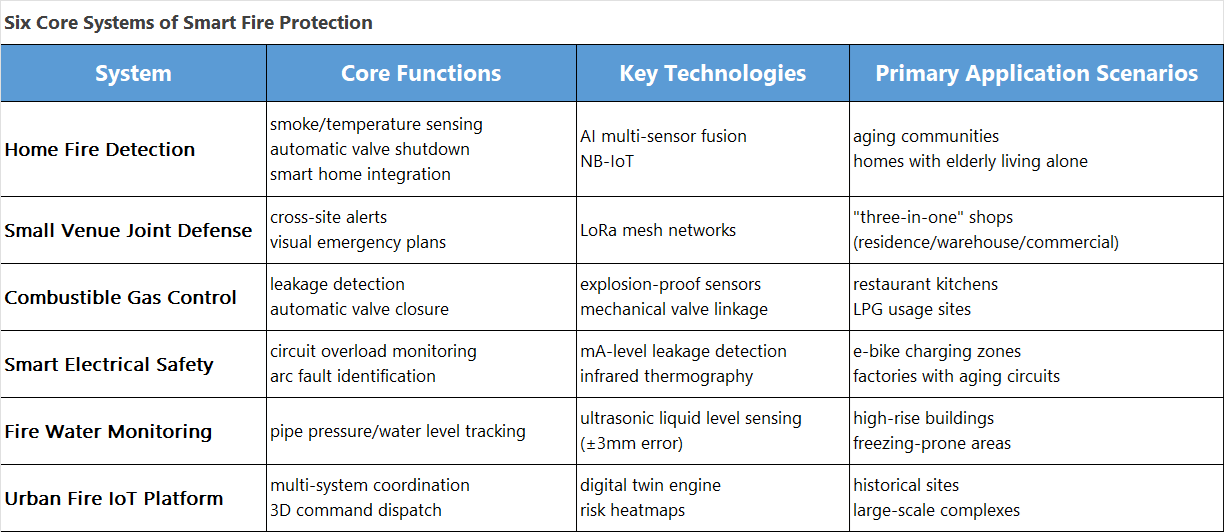
Typical Scenarios and IoT Workflows
🔥 Scenario 1: High-Rise Commercial Building Fire (Urban Platform + Water System + Electrical Safety)
Incident Context
A 30-story office building’s 15th-floor ignited. Concurrently, fire pump failure caused hydrant pressure to plummet to 0.05MPa (standard: 0.07MPa).
Detection Mechanism
- Electrical Safety System:
Arc Fault Detection Devices (AFDD) identified 0.5A series arcs, while embedded temperature sensors recorded insulation layer temperatures surging from 25°C to 120°C (exceeding 65°C threshold). Accordingly, smart circuit breakers cut power within 0.1 seconds. - Water Monitoring System:
Pressure sensors at critical nodes sampled data per second. Subsequently, pressure anomalies triggered alarms when values dipped below 0.07MPa. Furthermore, rooftop tank level sensors confirmed adequate water supply, thereby isolating pump failure as the root cause. - Urban IoT Platform:
AI algorithms cross-validated electrical faults, pressure drops, and smoke alarms. Consequently, fire confirmation occurred within 10 seconds.
Response Protocol
- Local Actions:
Automatic closure of fire doors on affected floors and activation of multilingual evacuation broadcasts. - Property Management:
BIM fire-location mapping enabled technicians to diagnose pump failures immediately. - City-Level Coordination:
The platform dispatched high-pressure pump trucks while optimizing routes via real-time traffic data. Additionally, hospitals received casualty alerts.
Synergistic Effects
Thermal imaging overlaid with hydrant maps guided firefighters to backup water sources. Simultaneously, elevators auto-locked at ground level to prevent smoke spread. Firefighters arrive 40% faster, while controlling the fire within the limit time and reducing casualties.
💥 Scenario 2: Restaurant Gas Explosion (Gas Control + Home Detection + Joint Defense)
Incident Context
Methane leakage (5% LEL) from aged pipes ignited via refrigerator electrical arcs, with blast waves triggering alarms in adjacent residences.
Detection Mechanism
- Gas Control System:
Infrared spectroscopy and electrochemical sensors detected >5% LEL thresholds simultaneously. - Home Detection:
Multi-sensors identified smoke density >8% obs/m, temperatures >70°C, and abnormal CO levels. Moreover, AI image recognition visually confirmed flames. - Joint Defense Network:
LoRa-connected shop sensors activated within 0.3 seconds, thereby triangulating the leak source.
Response Protocol
- Immediate Countermeasures:
Solenoid valves shut gas lines in 0.5 seconds while exhaust fans diluted concentrations. - Residential Alerts:
Smart locks disengaged automatically; concurrently, SMS/call alerts reached three-tier contacts. - Community Mobilization:
Shops within 500m received APP/broadcast instructions (e.g., “Close gas valves”).
Synergistic Effects
Gas company repair crews followed GPS-optimized routes, arriving in 8 minutes. Meanwhile, the urban platform traced the arc source to aged refrigerator wiring.
🏭 Scenario 3: “Three-in-One” Venue Fire (Home Detection + Water System + Mechanical Linkage)
Incident Context
Mixed-use shop/warehouse/residence with single stairwell faced smoke spread during incipient fire.
Detection Mechanism
- Home Detection:
Battery-powered LoRa smoke sensors (5-year lifespan) and CO arrays distinguished fire from cooking fumes (92% accuracy). - Water Monitoring:
Pressure transmitters alerted if values fell below 0.2MPa.
Response Protocol
- Intelligent Alerts:
BIM floor plans with hazard markers pushed to fire crews. - Physical Automation:
Smoke detection triggered fire-door closure and auxiliary water activation.
Synergistic Effects
AI adapted to venue patterns, reducing false alarms by 68%. Additionally, sprinkler systems generated self-test reports.
Bivocom’s Smart Fire Safety Solutions
Seamlessly integrating industrial IoT hardware with real-world fire protection workflows

High-Rise Building Fire Management
Core Products: TG463 5G Gateway + TR323 5G Router
-
Electrical Hazard Prevention
Temperature sensors interfaced with the TG463’s 12-bit ADC ports persistently monitor electrical cabinets, where 0-5V signals correspond to 0-120°C ranges; consequently, when insulation temperatures surge to 120°C—significantly exceeding the 65°C threshold—the system simultaneously executes dual countermeasures: TG463’s relay outputs activate ventilation systems, while TR323’s dual-SIM failover transmits Modbus TCP alerts via 5G with sub-500ms latency, thereby containing arc faults before ignition occurs.
- Water System Optimization
Pressure sensors immediately detect hydrant pressure drops to 0.05MPa (below the 0.07MPa standard), whereupon the TG463 simultaneously executes two critical responses: first, it activates backup pumps via its relay outputs; while concurrently, it transmits diagnostic data to BIM systems via industrial protocols, thereby ensuring water supply integrity is maintained throughout critical fire incidents.
Restaurant Gas Explosion Mitigation
Core Products: TW810 LTE-M Modem + TG462S Touch Gateway
-
Real-Time Gas Leak Response
Initially, methane sensors transmit >5% LEL readings to the TW810 modem via RS485. Upon encryption, data reaches the TG462S gateway, which immediately triggers four relays to shut solenoid valves within 0.5 seconds while simultaneously projecting 3D leak locations on its 7-inch touchscreen, consequently eliminating ignition risks before electrical arcs occur.
-
Multi-Sensor Verification
Complementarily, HTU21D sensors (I2C interface) detect abnormal temperature spikes, while AI cameras (*PoE-powered by TG463*) visually confirm flames. This triple-validation reduces false alarms by 68%.
“Three-in-One” Venue Protection
Core Products: TG452 LoRa Gateway + TW820 LoRa Modem
-
Wireless Sensor Coverage
Battery-powered smoke detectors transmit 230-byte packets via TW820’s 850-931MHz LoRa (10km range), where the TG452 gateway first aggregates data in NB-IoT weak zones (e.g., basements) and second stores evacuation plans on 32GB microSD during outages. Thus, full-site monitoring persists notwithstanding structural obstacles.
-
Automated Emergency Protocols
Upon fire confirmation, TG452’s relay outputs unlock exit doors while pushing escape routes to tenant apps via 4G LTE. Moreover, its OpenWRT OS auto-registers devices to cloud platforms.
Forest Fire Prevention System
Core Products: TR341 4G Router + Aerial Thermal Drones
-
Integrated Thermal Monitoring
TR341’s 5×RJ45 ports ingest ground thermal imaging data. Simultaneously, drones transmit aerial scans via 5G. Thereafter, the router’s GPS calculates optimal fire truck paths (40% faster response).
-
Extreme Environment Operation
Notwithstanding -35°C~+75°C temperatures, TR341’s IP30 metal housing resists humidity corrosion. Additionally, its 32-bit CPU ensures uninterrupted fire-coordinate processing.
Heritage Site Fire Protection
Core Products: TD210 Cellular Modem + UV Flame Sensors
-
Non-Invasive Detection
GUVB-T11GD sensors (*220-280nm UV detection*) connect via RS485 to the TD210 modem. Since sprinklers are prohibited in heritage sites, the system instead encrypts alerts via MQTT while concurrently activating soundless alarms, thereby ensuring structural integrity is preserved.
-
Stealth Deployment
The TD210’s extremely small 91×58mm metal body can meet most installation conditions, while its <0.5W idle draw enables solar power. Consequently, systems operate uninterruptedly for years.
Why Choose Bivocom?
- Advanced Technology: Our products use the latest 5G and support multiple protocols. Thus, they deliver high – performance, reliable fire safety solutions.
- Custom Solutions: We know every customer has unique needs. So, we customize products for small homes, large factories, and everything in between.
- Global Support: Present in over 90 countries, we offer wide availability. Our support team is always ready to help with installation, maintenance, and issues.
- Proven Track Record: Our success stories across industries show our reliability. Many customers have benefited from our fire safety solutions.
Conclusion
Bivocom’s IoT-driven fire safety ecosystem transforms protection from reactive extinguishment to intelligent prevention. Specifically, our hardware-validated solutions—spanning 5G gateways, LoRa networks, and edge computing—deliver three paradigm shifts:
- Multi-System Integration: Seamlessly uniting electrical monitoring, gas control, and water management into a single AI-powered platform, thereby enabling cross-validation that reduces false alarms.
- Hardware Resilience: All devices operate at -35°C~+75°C with IP30 (IP65, IP80) metal housings, thus guaranteeing reliability in extreme environments.
- Protocol Agnosticism: Native support for Modbus, MQTT, and OPC UA ensures compatibility with legacy infrastructure while enabling cloud-to-edge intelligence.
Ultimately, we’re not merely selling products—we’re architecting a world where fires are prevented before ignition.
Join the Fire Safety Evolution
Given that urban fire risks escalate with complex infrastructure and climate volatility, Bivocom is consequently committed to delivering future-proof fire protection. To this end, and specifically to accelerate your transition to intelligent safety, we have accordingly designed three pathways for immediate impact:
Ready to transform fire safety?
Contact [email protected] for a threat assessment or live demo. By choosing Bivocom, you’re not just upgrading equipment—you’re building an intelligent shield against fire catastrophes.Let’s pioneer fire-resilient communities, one sensor at a time.
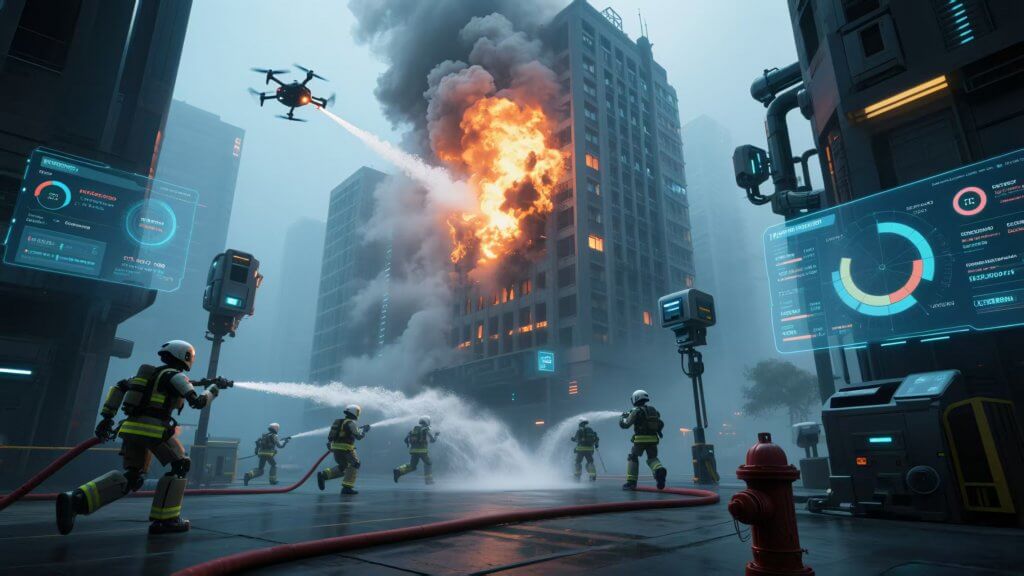
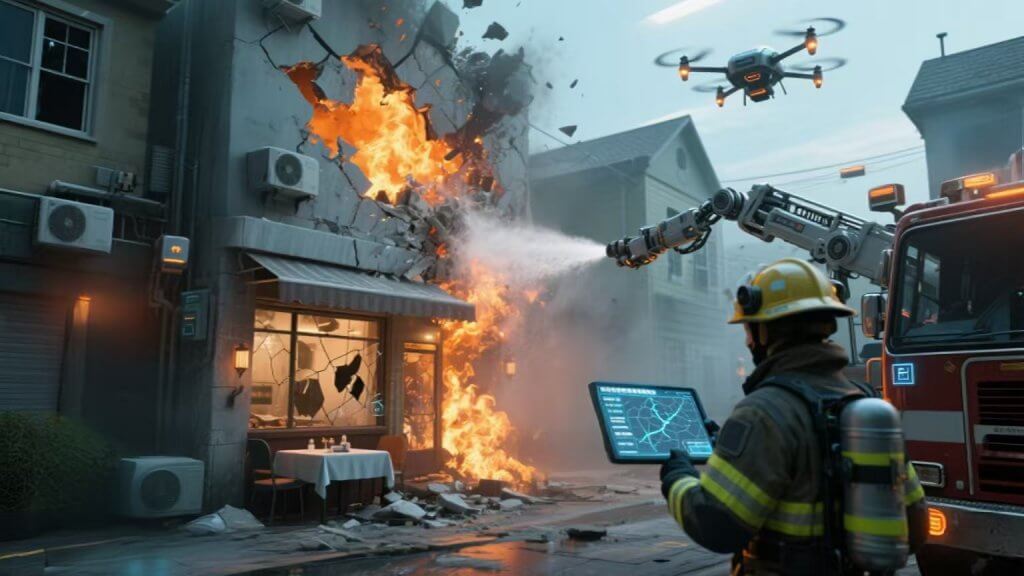
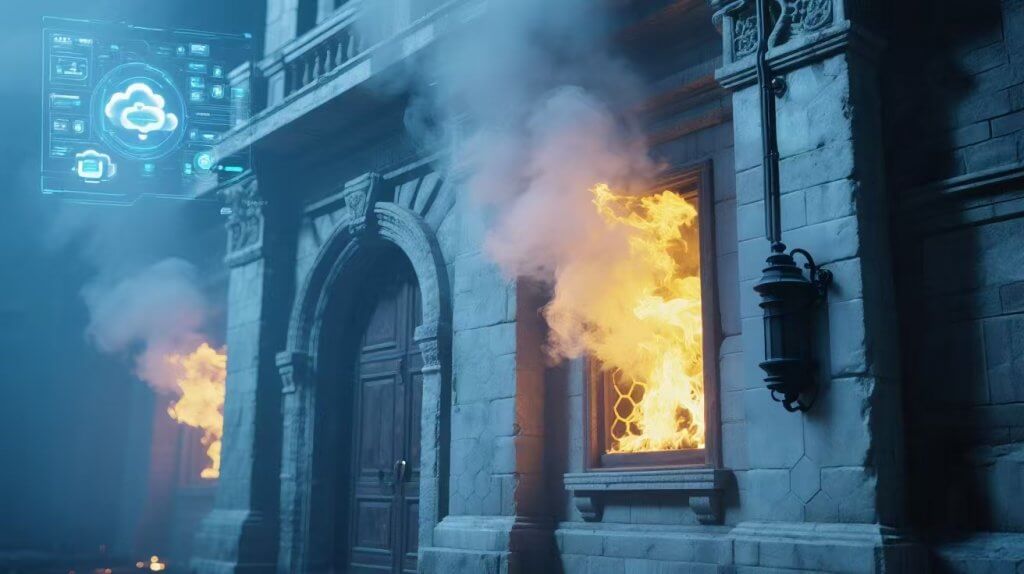
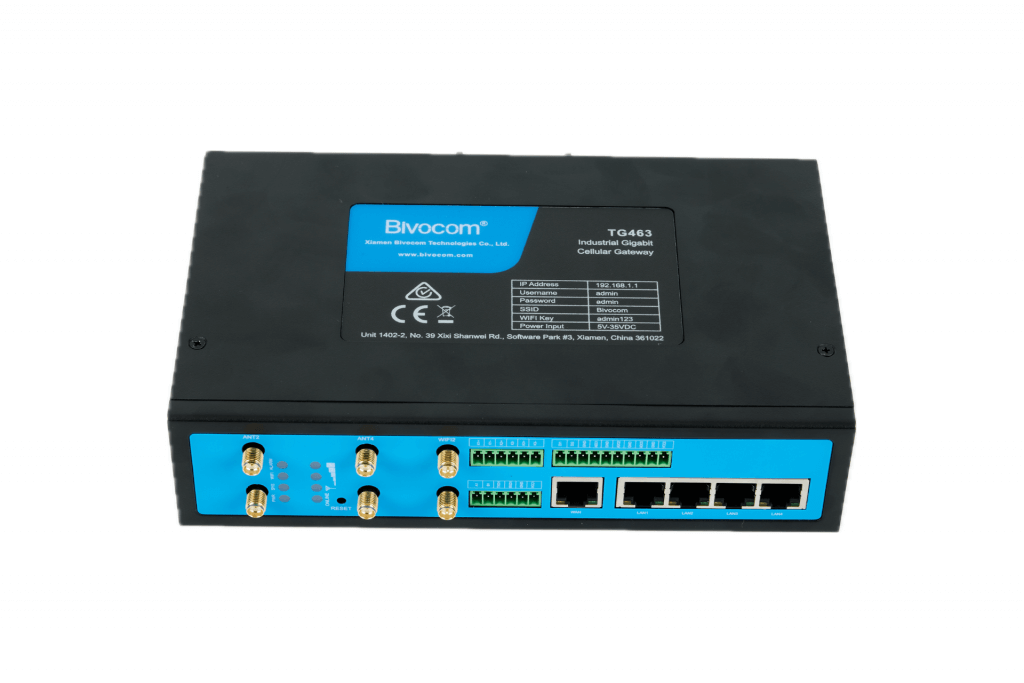
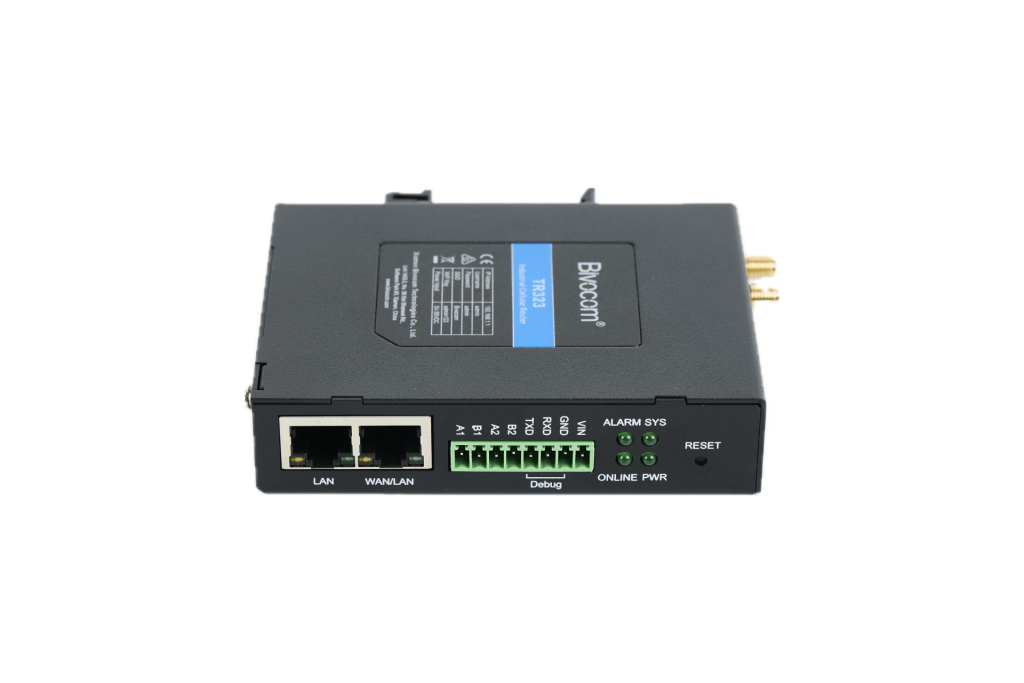
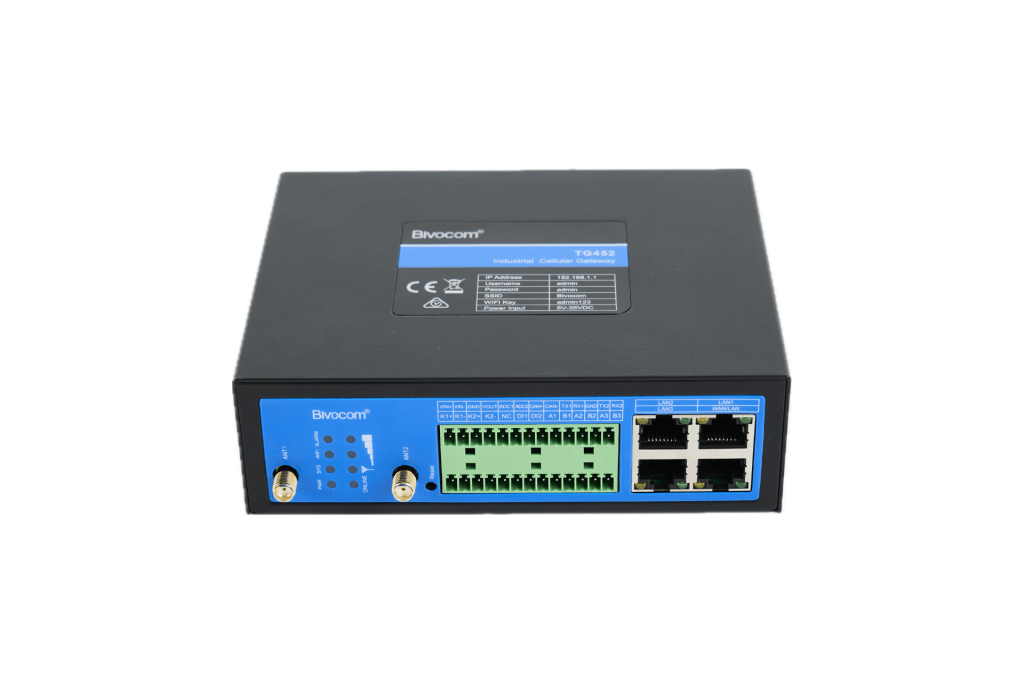
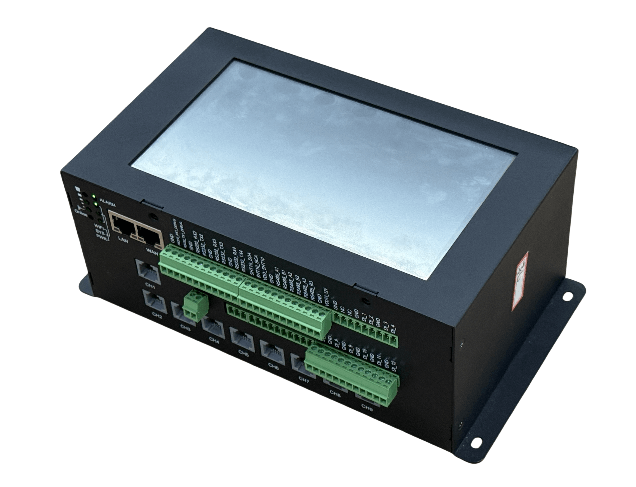
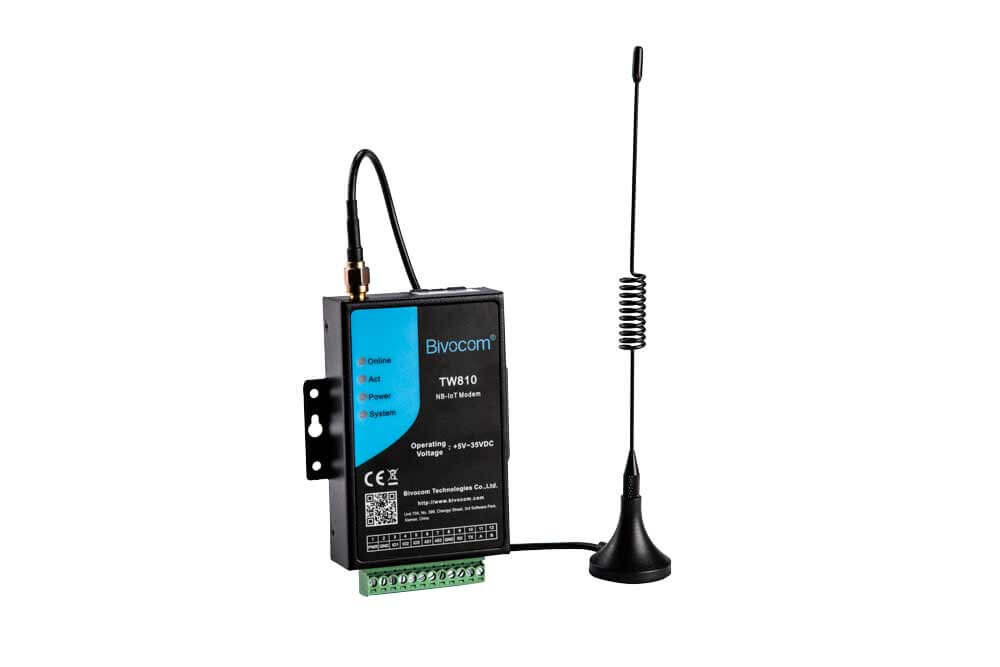
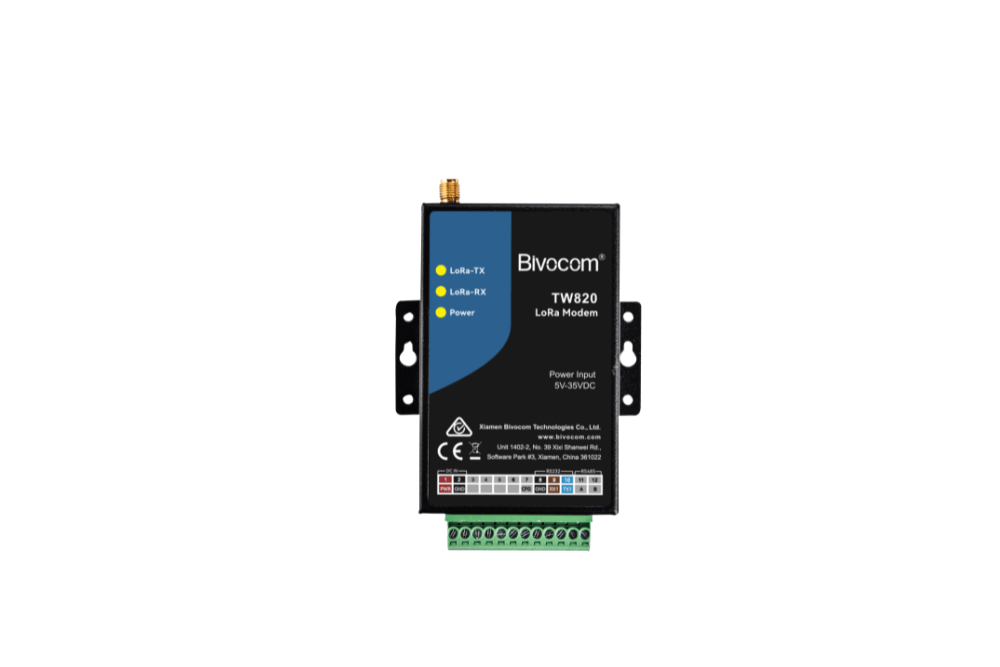
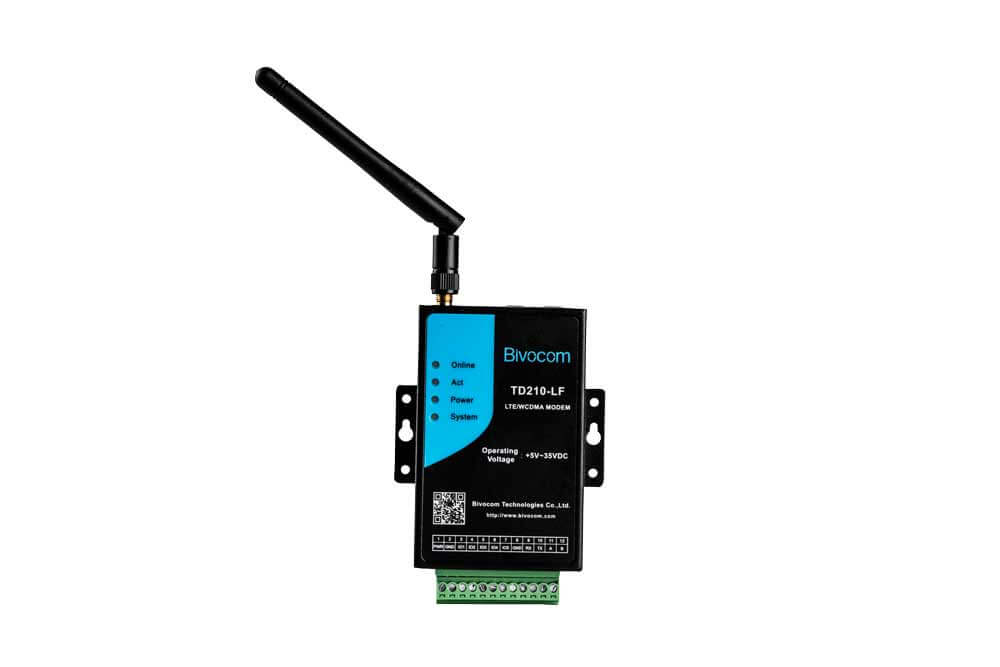
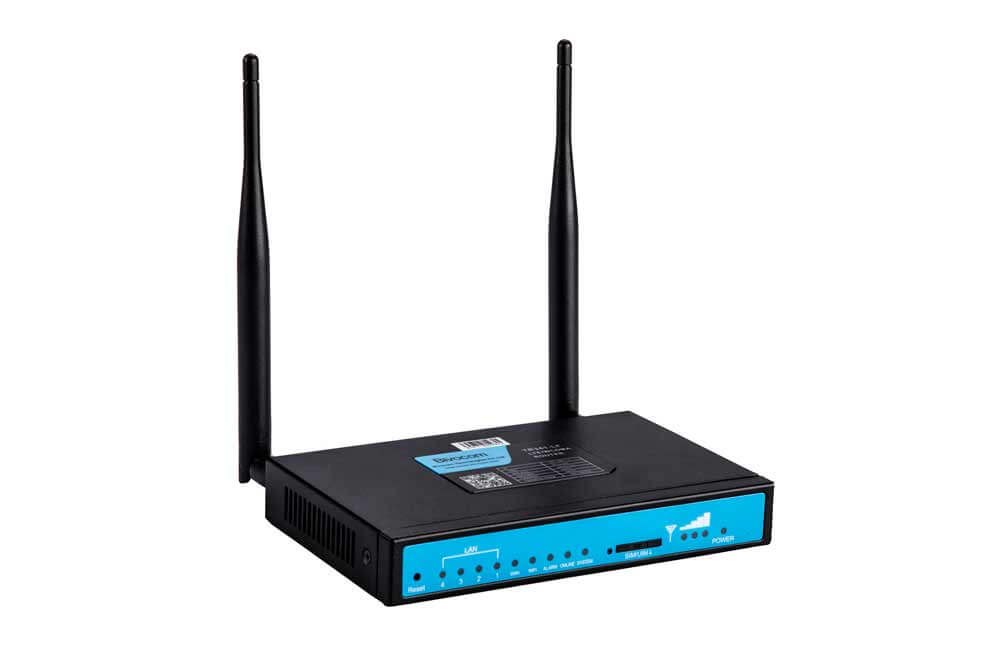
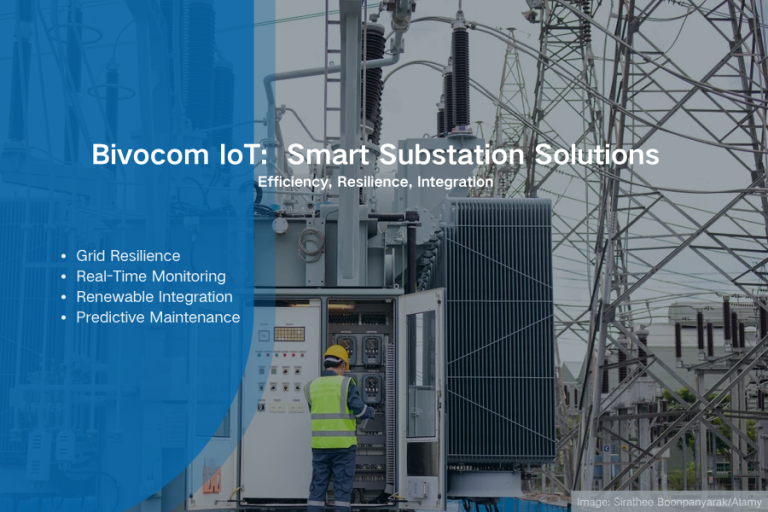
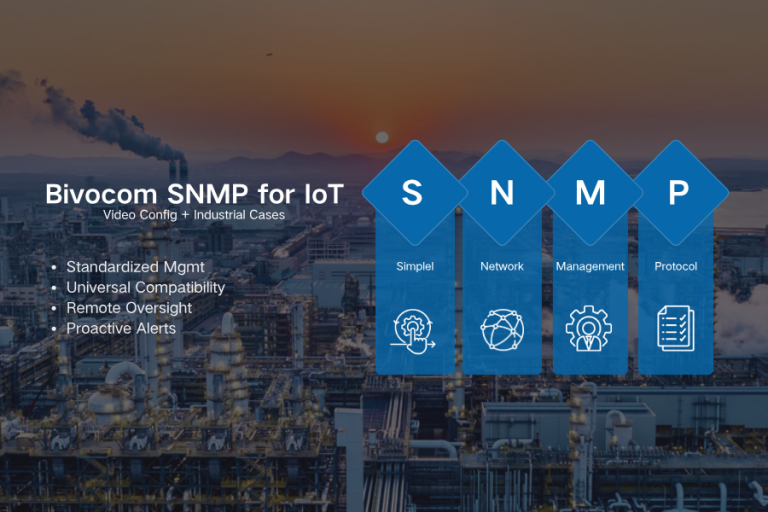

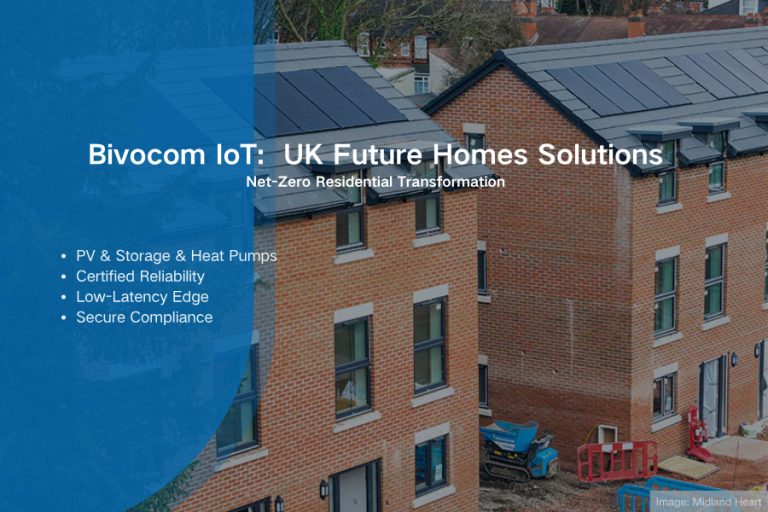
Comment